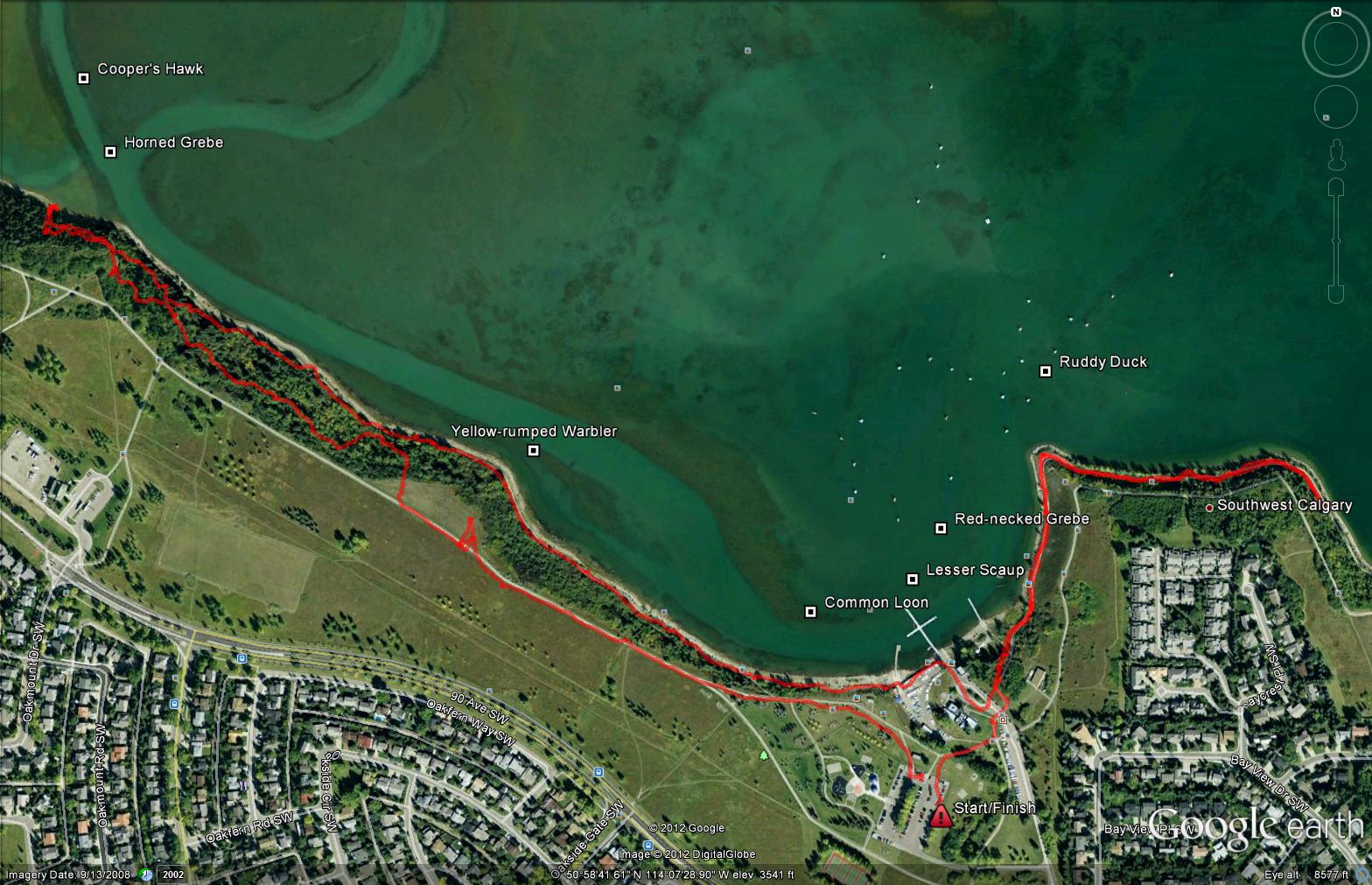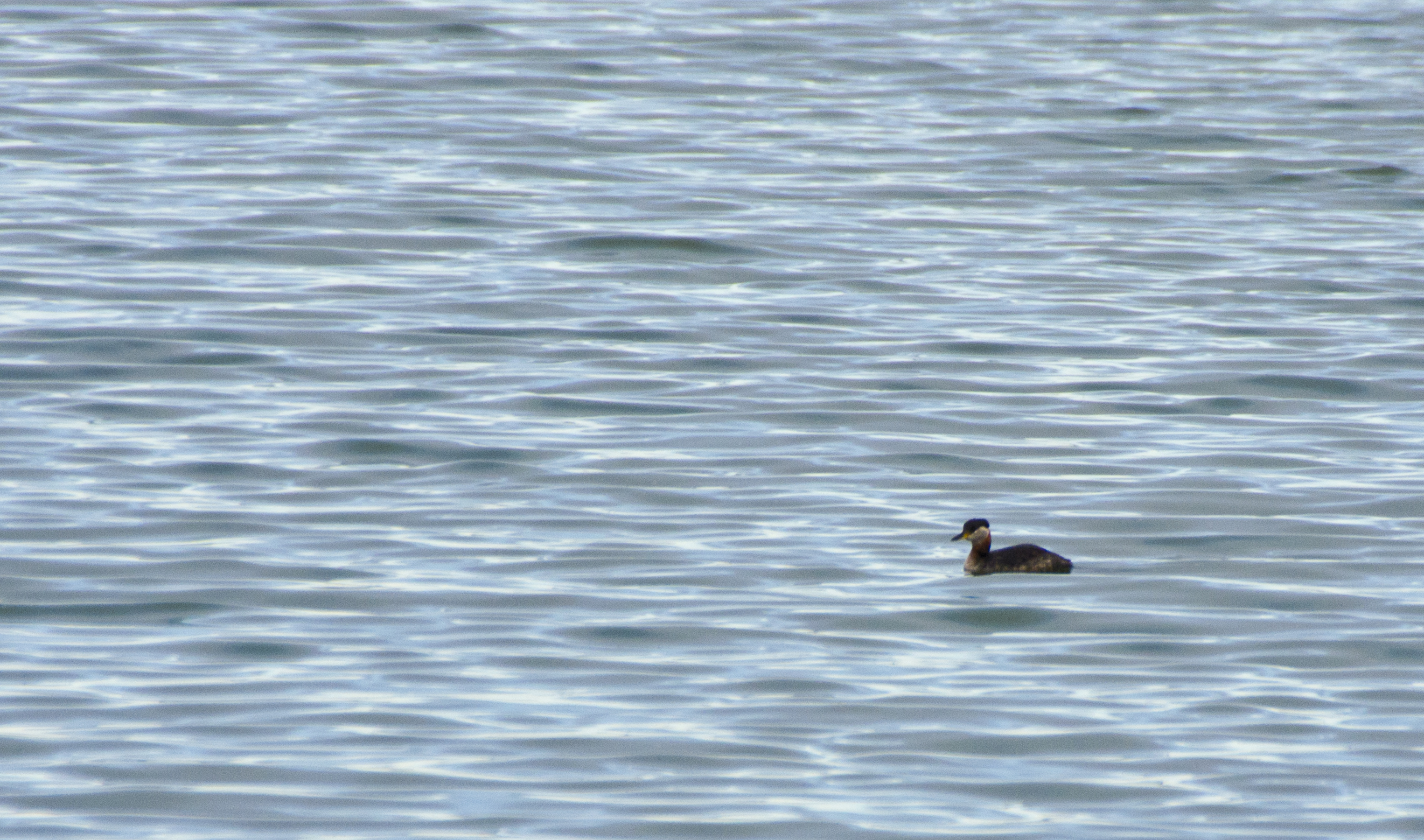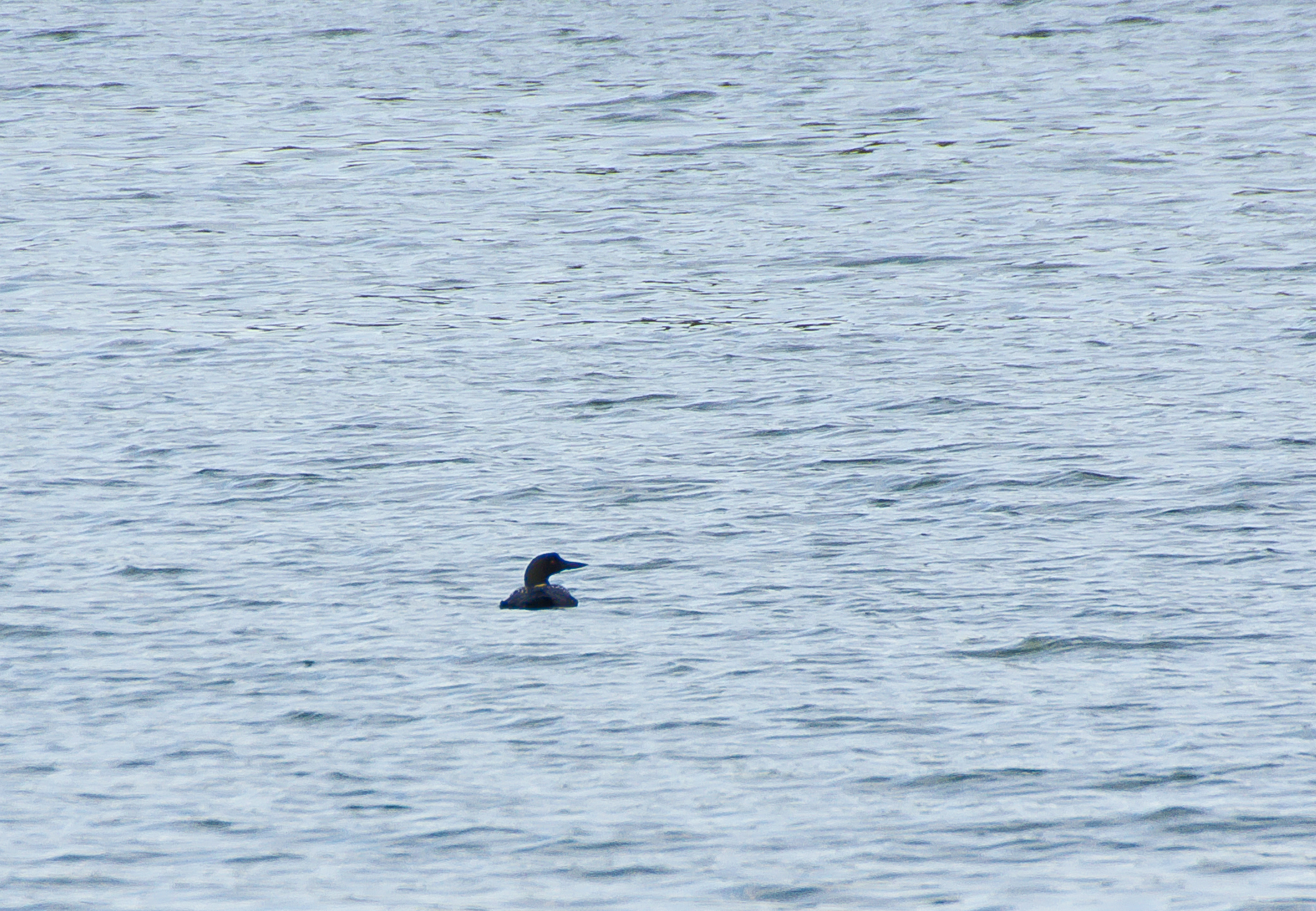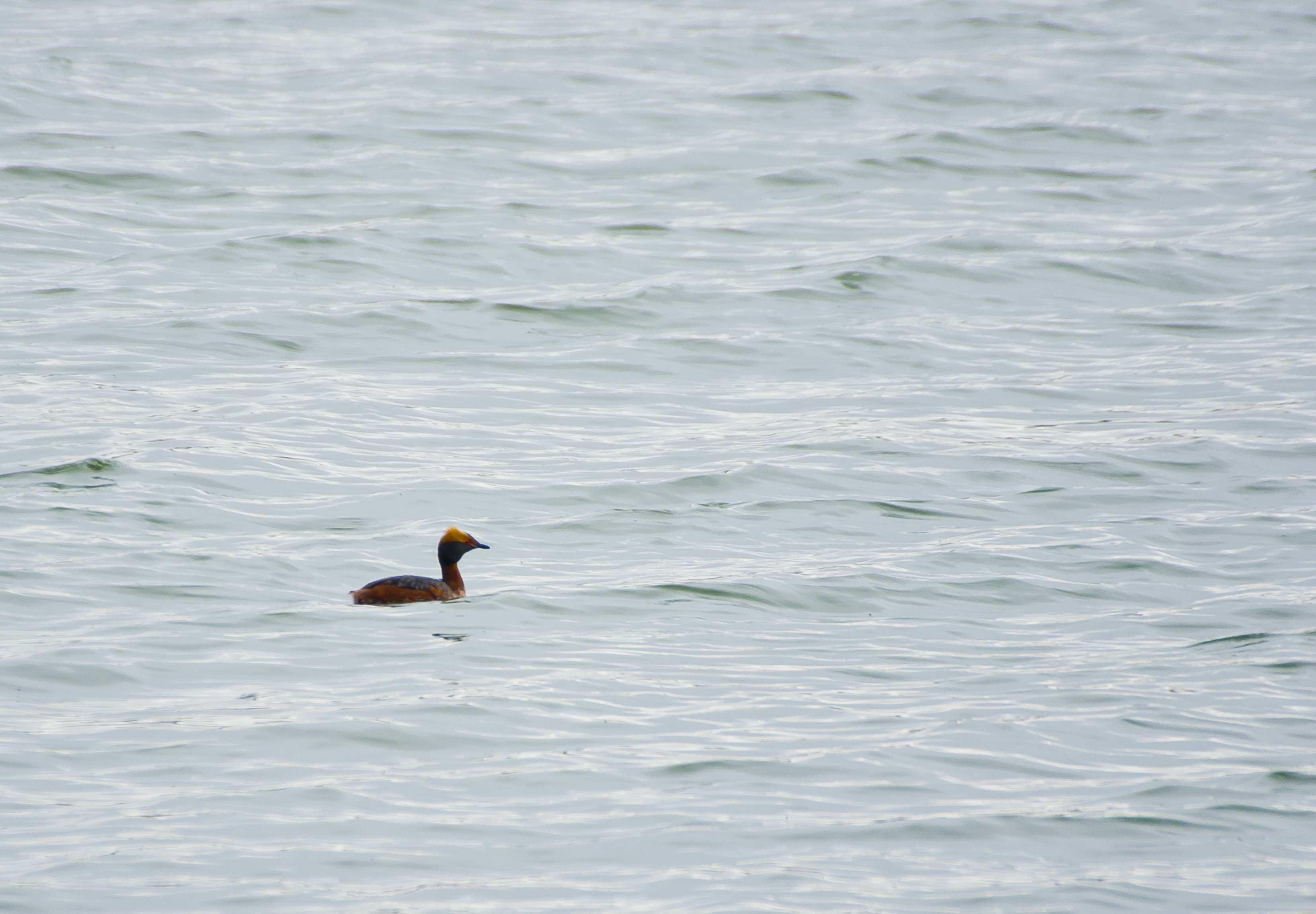By Bob Lefebvre
Here at the Birds Calgary blog, we receive a lot of questions from bird-friendly folks throughout the province. We are going to start sharing some of them with our readers as just another way to spread bird knowledge.
If you have a question, email us at birdscalgary@gmail.com. We may post your question and our answer. We won’t print your name or email address without permission.
Q: Hi there, I have a question regarding attracting birds to my feeder. I live in Calgary, and I have tried everything this fall and winter to attract birds to my yard with no success. I’ve looked at all kinds of websites and followed their advice; I have the best seeds, suet, nuts, feeders…however my yard is in a horrible location. I live in a small townhouse, and I access my yard and front door via an alley that is ‘walled in’ by the neighbour’s house and two other townhouses. I hear the birds all around me when I go outside, but my yard doesn’t have a tree, and is somewhat hidden as my yard is recessed due to the neighbouring townhouses. I know the birds are around, I just can’t seem to get them to see my feeders because my yard is hidden.
I’ve sprinkled seed around the area and in my alley, I’ve even leaned my old Christmas tree against a wall near the feeder in the hopes of attracting even one small chickadee! I’m reluctant to invest any more in this effort (like a heated bird bath) because I’m not fully convinced I’ll ever be able to attract birds. I’m just wondering if anyone at your great website has any advice for me, I love birding and want to attract birds and help them throughout the winter, but I’m just not having any luck! Other than waiting until to spring to plant some flowers and shrubs that might attract them, do you have any advice?
Thanks so much, love the website.
A: It’s likely that your location and the lack of trees in your yard is a problem, but I think that with patience you will be able to attract the birds.
It’s true that having trees or shrubs is definitely a big plus. The birds need to feel that they have a safe haven to retreat to if attacked. Also, if there are no large trees around there will be fewer nesting sites for species like Black-capped Chickadees, Downy Woodpeckers, and Northern Flickers. Some of the newer neighbourhoods in Calgary with few large trees have a smaller number of bird species than old, established neighbourhoods. But as you said, there are birds near your house, so you should be able to get them into your yard. It seems most likely that the birds just have not yet discovered your feeders.
You are probably hearing House Sparrows in the area, so you have to try to get them in your yard first. Normally, they will feed at almost any type of feeder. The location of the feeders can be important too. Are they too high or too low? They shouldn’t be placed anywhere that a cat could ambush the birds as they feed. It seems to me that House Sparrows don’t like to come to feeders that are right against a building or in a window, if they have any other choice. (Some other birds will not come to a raised feeder but prefer to feed on the ground.) Once the House Sparrows begin feeding in your yard, other species like House Finches, Black-billed Magpies, and Black-capped Chickadees will notice the feeding activity and come to the food.
Other than providing a variety of feeders in proper locations, the two most important things you can do to get the birds to start coming to your yard regularly is to put out water, and to feed them year-round.
I know you said you didn’t want to get a heated birdbath, but you should consider making water available in your yard. It really makes a difference in attracting birds. (Running water is the best attractor, but you can’t have that in the winter.) If you get a metal or plastic birdbath, the water will freeze in cold weather but on many winter days it will melt at least a little, and you can always add hot water to the ice to yield a little drinkable water on all but the coldest days. (Ceramic and concrete birdbaths can break when water freezes.)
You mentioned that you have been trying to attract the birds this fall and winter. It’s much easier to get birds in your yard in the summer, when there are many more around, and thus get the local birds in the habit of feeding there. So I would encourage you to keep at it through the summer. I know people who feed birds only in the winter, and they get very few species in their yards. Many people believe that birds do not need to be fed in the summer because there is more natural food around. In truth, we don’t have to feed the birds at all, but it is during summer when there is more demand for food. The numbers of birds here in the summer is many times higher than in the winter, and when they are raising young they need a lot of food.
I know you’d like to get the birds to come to your yard right away and there might be something you can do to get their attention. I have put up feeders that the birds just didn’t seem to notice, even though they were feeding at other feeders nearby. I tried attaching a piece of aluminum foil to the new feeder (about 4 inches wide and two feet long, hanging down below it) and the House Finches found the feeder the next day. I’m not sure why that works, (perhaps the birds are just curious) but you might try that.
Finally I just want to encourage you to be very patient! It can take a while to get the birds to start coming, but once they do, they will keep coming. Continue through to the fall, add water and plant a shrub, and see if the birds find your feeders. When I moved into my current house I put out a feeder and kept it out all year, and I never saw anything but House Sparrows and magpies until almost a year later, when the first House Finch arrived. Now I’ve been here eight years, and in 2011 alone I had 57 species on my yard list, and dozens of individual birds every day. This year I’ve had 26 species already. If you keep at it through the spring and summer you will be on your way.
Reply: Thank you so much for your advice and encouragement! I will try your suggestions, and keep trying to attract birds to my feeder. That’s interesting to know that birds need feed more in the summer than the winter, I never thought of it that way. I only started to get into birding this summer and I’m loving it so far, it’s amazing how many different species there are. I especially enjoy it when I think it’s just a bunch of Canadian Geese, and then find out that there’s a merganser, golden eye or bufflehead mixed in with them. At Fish Creek the other week I was fortunate enough to see 2 bald eagles! As an Ontarian, I haven’t seen many in my life so that was definitely a good day. I’m hoping to get out this weekend to try and spot some snowy owls, following tips from your website should definitely help.
Thanks again for your advice.







































